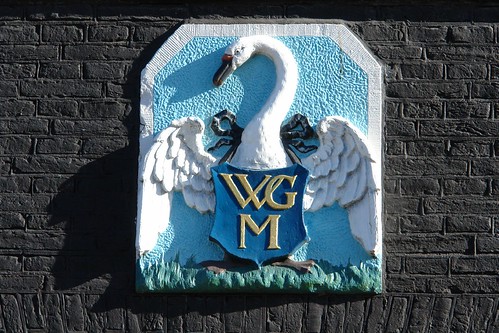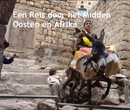Watergraafsmeer - its where we live

Watergraafsmeer - its where I live, originally uploaded by CharlesFred.
Fanning out from Central Station, there are a number of tram routes which can take one away from the busy centre to the local neighbourhoods of Amsterdam. One of the most rewarding routes is taken by tram line 9 (which departs in front of Central Station on the left-hand side, looking towards the city).
After making its way down the Damrak, past the Munt Tower, through Rembrandt Square and the other side of the Opera House and Waterloo Market, the tram enters the Plantage neighbourhood. Already a lot greener than the centre, this is an area built up in the early 1700's as the city started to expand beyond its long established walls. There are parks, the zoo (Artis), museums such as the Holocaust Mueseum, the Resistance Museum and the Trade Union Museum, old synagogues, some well preserved warehouses, converted to apartments, the Entrepotdok as well as Amsterdam's Botanical Gardens (Hortus Botanicus).
The end of this area is marked by the imposing Muiderpoort from 1771, which houses a Tax Museum before reaching the Tropenmuseum with its fascinating collection of arts and crafts from the ex-Dutch colonies of Indonesia, activity areas for children and spaces for cultural shows. The Museum backs onto the Oosterpark, with its lake full of ducks and swans, always eager to be fed by young children.
On the other side of the park, one enters the Indische Buurt, an ethnically diverse neighbourhood with many Turks and Moroccans, the colourful shopping street of Javastraat a lively daily market in the Dapperstraat.
And so tram 9 goes on, passing ever newer developments as Amsterdam spreads out reaching Diemen as its final destination. On the way, it will pass through the district of Watergraafsmeer, an area which used to be under a lake which was drained about 400 years ago. The highlights include the country estate house of Frankendael, set in recently rennovated 18th century gardens, which backs onto a park and the Linnaeushof, a beautiful quiet square dominated by the large Catholic church built in the early 20th century Amsterdam style (more of which can be seen in the Rivierenbuurt on the route of tram line 4).




0 Comments:
Post a Comment
<< Home